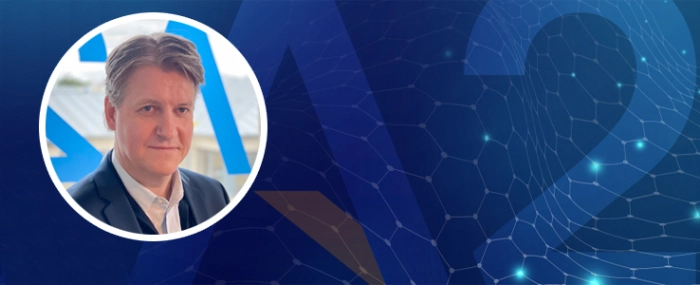
Chip shortage paves the way for fakes
The flow of counterfeit components always tends to increase during times of shortage – something that the EU’s intellectual property office and Europol have noticed. What is evident is that the wrong component in the wrong system can result in big problems.
Europol states in its Intellectual Property Crime Threat Assessment 2022 report that counterfeiters have been exploiting the global supply shortage in semiconductor chips.
“Supply chains are global and vulnerable to the introduction of counterfeits since typically several distributors handle components before they reach the manufacturing sites. Tracing the original supplier of the counterfeit semiconductors can be difficult when trademarked counterfeit chips are verified by the semiconductor firms,” the report reads.
The big problem with counterfeit components is actually twofold; one, there is unfortunately big money for the actors to make; two, unfortunately, it is difficult, expensive and time-consuming to catch and then prosecute the counterfeiters.
As Europol points out, disruptions in supply chains and the possible introduction of counterfeit components has the potential to cause serious failures to critical infrastructures. And counterfeiters may try to exploit high demand and supply shortages by introducing counterfeit semiconductors such as diodes to the market.
As most of us already know, semiconductors are an integral part of critical systems everywhere – from medical, transport, defence, and trade; the list goes on.
“The risk of privately used electronic devices being affected is also high. Additionally, counterfeit electronic devices may also feature malware and other harmful software, adding the risk of data theft,” the report continues.
Industry reports indicate that the current rise in counterfeiting costs consumer and industrial enterprises up to USD 250 billion annually. However, the actual amount could be substantially higher given the large number of counterfeits that go undetected. Furthermore, analysts believe that up to 15% of all spare parts and replacement parts acquired by the Pentagon are fake, making it clear that not only small businesses are at risk.
Johan Dahl, VP of Sales EMEA at the distributor A2 Global Electronics + Solutions, told Evertiq that the company sees a huge increase of substandard quality components per quarter, i.e. components that A2 Global does not release to the market. Under normal circumstances – ergo when the global supply chain is not as constrained as it is today – it is closer to one case per quarter.
According to Johan Dahl, the most effective and the best thing you can do while looking for components is to turn to qualified sources and distributors who can qualify components and sourcing under ISO/IEC 17025:2017 accreditation and AS6171 certification.
“Normally, companies turn to their Franchise and direct sources, but when it looks like it has for a while and you can't get what you need from your regular suppliers, some companies seem to cross their fingers and try to find the material through unqualified sources. The more one does it, the more risk one is exposed to. I recommend that companies do their due diligence. Is there a price on quality?” Johan Dahl explains to Evertiq.
There are a variety of different tools that may be used to detect these suspicious components, but they also vary differently based on the customer's needs and whether the component is intended for a dishwasher or a critical instrument such as a medical device.
Companies that work with longer commitments run a greater risk of being exposed to counterfeited components than, for example, those that work towards the communication and consumer markets. Consider the automotive industry or military markets where you must be able to ensure delivery of a product for perhaps up to 20 years and beyond.
“If the component you need is no longer being produced, you’re exposed to a greater risk as you have widened your search outside of regular distribution channels,” Johan Dahl explains.
To avoid these headaches in the future, one has to “plan for the future”. There are no if’s or but’s about it – there has to be a plan for each key component within a product. You need to be able to answer the question of which certain components will be replaced and when, but also which can be redesigned?
Johan brings up DMSMS (Diminishing Manufacturing Sources and Material Shortages) to the conversation. A three-level approach to avoid these issues; 1) always factor in the ongoing improvement of technology; when new products are released to the market, the technology used in the predecessor becomes obsolete, making it more difficult to repair the equipment they are used in. 2) The parts may simply become more difficult to obtain as fewer are produced as demand will naturally decrease. 3) Also consider that the materials required to manufacture the equipment/parts may become more difficult to obtain.
The advice here is to always consider “Maturity”, “Saturation” and “Phase-out” – that is, the entire life cycle of the product before committing.
If you are interested in the subject, Johan Dahl will – during the Evertiq Expo Tampere on 30 November 2022 – present an overview of the global component industry and also talk about how the market of counterfeit components is being countered.
